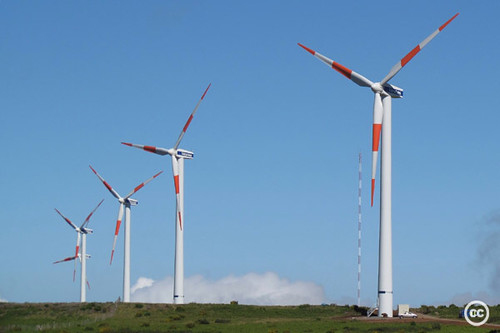A global rise in temperature of 2°C is widely considered to be a threshold beyond which catastrophic climate change is likely to occur; many scientists and governments consider 1.5° a safer bet. And we're talking here about catastrophic with a capital C -- for many communities around the world, climate change has already proved catastrophic.
So how did the leaders of the G8 richest countries respond to this warning at their summit in Camp David last week?
By speaking in platitudes, at best: "Different energy sources have different inherent risks and must be developed in a safe, efficient, and environmentally sustainable manner."
And by missing the point, at worst.
To keep that door to 2°C open, three things need to happen:
More renewables: We need to invest in renewable energy services like there's no tomorrow. (Literally!)
Displace Fossil Fuels: Simply adding more renewables to the mix isn't enough, they need to displace fossil fuels. Global investment in clean energy reached a record-breaking high of $260 billion in 2011. According to the IEA, however, energy demand is expected to rise by a third by 2035. While the share of fossil fuels in the total energy mix will shrink, without a dramatic change of direction our use of these climate-deadly fuels will grow in absolute terms.
Conservation and Efficiency: In addition to adopting policies which create incentives to invest in renewables, and disincentives to invest in fossil fuels (phasing out fossil fuel subsidies to start with), we need to conserve energy wherever possible, and to use energy more efficiently. More


No comments:
Post a Comment